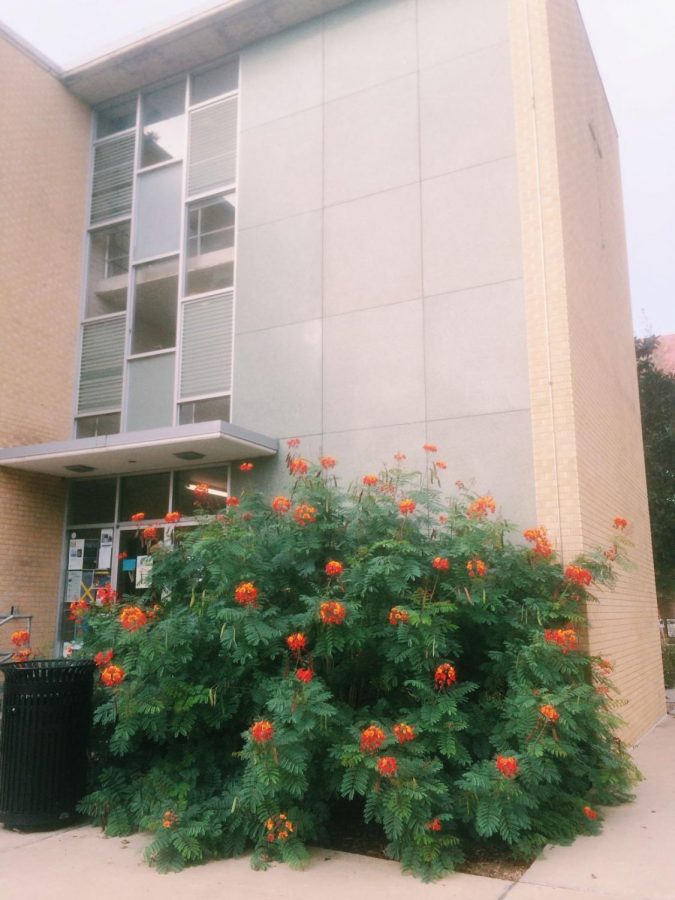Andre Hall dwellers deserve asbestos free lives
Every week the editorial board reflects on a current issue in Our View. The position taken does not reflect the opinions of everyone on the Hilltop Views staff.
Andre Hall needs to be renovated for a number of reasons: It smells bad, the water from the water fountains tastes weird, the walls are thin and prevent privacy and some of the bathrooms, like the first floor’s “Pink Stinker,” lack ventilation.
Yet this isn’t the major problem that plagues Andre Hall.
There is an ongoing problem that has been festering in Andre Hall’s infrastructure for a very long time. It’s your friendly neighborhood mineral and construction material — asbestos — and it has infected and polluted Andre Hall for almost over a decade, endangering the lives of the many brave professors, the Dean of Humanities and countless students who work or venture through the decrepit building on a daily basis.
Yet nothing has been done about this issue. Countless students and faculty members located here know about it and have even cried for help, seemingly to no avail.
Two years ago, Hilltop Views wrote a story about the need for Andre Hall to go under renovation.
In this article, Michael Peterson, the associate vice president of facilities, claimed that there was nothing wrong with the water in Andre; however, this doesn’t explain why it tastes like a swimming pool or why there used to be a skull and crossbones and a sign on the first floor water fountain which cryptically warned “Don’t Drink This Water!”
Mysteriously, both the warning sign and the skull and crossbones have disappeared, allegedly sometime earlier this semester. That said — still don’t drink the water — it’s probably tainted with asbestos.
According to the Physical Plant, “recent testing proved that there is a trace of asbestos in the floor that is encapsulated by the carpet. If the carpet were to be replaced now, it would mean state notification, relocation, proper containment, industrial hygienist and licensed contractors.”
Though this would obviously be very disruptive, asbestos itself can also be very disruptive, albeit in a more dire, life-threatening sense.
According to the National Cancer Institute, “exposure to asbestos may increase the risk of asbestosis (an inflammatory condition affecting the lungs that can cause shortness of breath, coughing, and permanent lung damage), other nonmalignant lung and pleural disorders, lung cancer, mesothelioma, and other cancers.”
Why hasn’t St. Edward’s done something about this? Countless members of the university community are being put at risk on a day-to-day basis.
This isn’t a new problem; it’s been going on for a very long time … so why haven’t any tentative preventive safety measures at least been put into place if there’s not going to be a full-scale renovation any time soon?
Also, it’s not like the university is strapped for money. We’ve recently gotten a new library, a new church, a new science building and tuition has been increased yet again.
Hopefully this influx of cash can be put to good use and the university will show the same love to the Humanities faculty and buildings they’ve showed to the Sciences.







